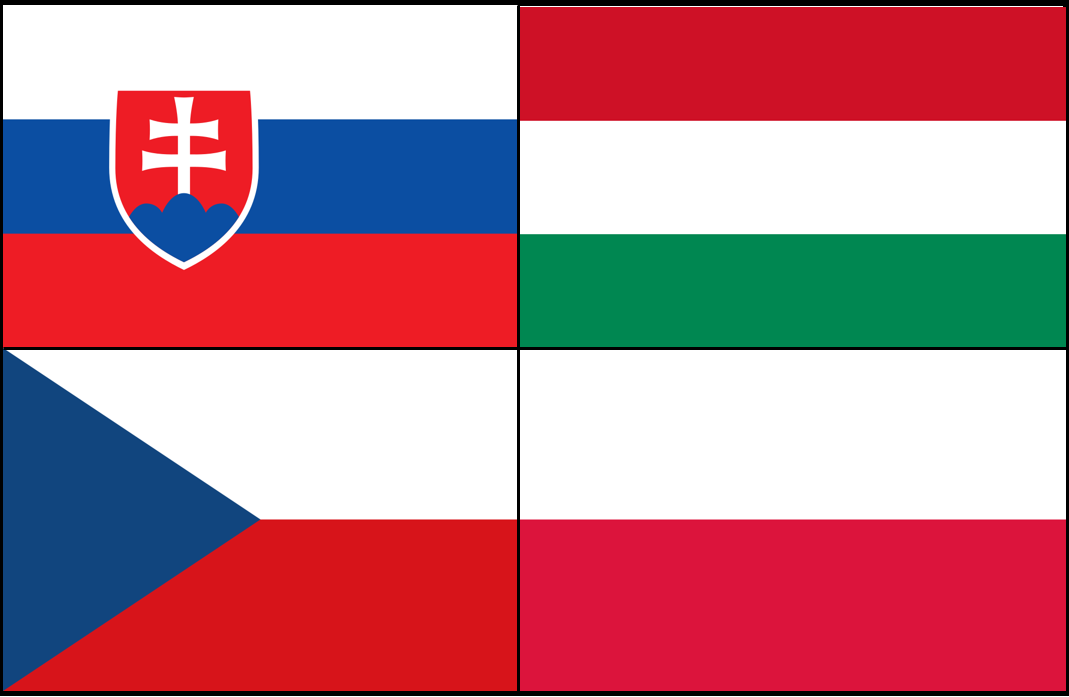
- Yes!
- I’m not sure
- No!
You clearly stated the following,
“You see, the best (and the only) way to communicate ideas like yours to us is via relevant communication platforms (our official forum, unofficial Reddit, etc.), where a lot of other players can join together and support something they consider important. Our community managers monitor popular threads and report about them to the developers, this approach allows us too see what big groups of players want, and also allows us to see live discussions between players on what is important for them”

A Visegrád-Ground Forces suggestion has already been made by @Yontzee The Visegrád Group Tree (PL, CZ, HU, SK): European Powerhouse, but the tech tree has become a bit-outdated and some BR adjustments were deseparetly needed, and some important vehicles were missing, so me and my team took what ever pieces were left and decided to go make our own up-to-date tech tree!

-
The Visegrad Group, or V4, is a political and cultural alliance that includes four Central European countries: Poland, Hungary, the Czech Republic, and Slovakia. It was founded on February 15, 1991, in Visegrad, Hungary, with the signing of the Visegrad Declaration. The group’s primary aim is to foster cooperation and mutual support among its members, particularly in areas like economic integration, cultural exchange, and security.
-
The V4 was established during a period of major political change in Central and Eastern Europe as the region transitioned from communism to democracy. These four countries share a common heritage, close cultural ties, and a history of economic cooperation. Today, they are all members of the European Union (EU) and the North Atlantic Treaty Organization (NATO), and they have each undergone significant transformations in the post-communist era.
-
A key motivation for the Visegrad Group’s formation was the goal of advancing economic collaboration. Since its creation, the V4 has worked to promote trade and investment within the region and to align their economic stances within the EU. In recent years, the Visegrad Group has also influenced EU policy, especially on energy security and the Eastern Partnership. The group has been a strong advocate for diversifying Europe’s energy sources, focusing on new gas pipeline projects and nuclear energy expansion.
-
Beyond politics and economics, the Visegrad Group promotes cultural and educational exchange among its members. It has created various programs to support language learning, student mobility, and cultural interactions, strengthening ties and fostering a shared sense of identity across the member states.
-
Since its founding, the Visegrad Group has worked to strengthen military cooperation among its member states. This includes establishing joint military exercises, training programs, and procurement initiatives designed to improve interoperability and readiness of their armed forces. A central goal of Visegrad Group’s defense efforts is to enhance the collective security of its members and promote regional stability.
-
One major achievement in this area is the creation of the Visegrad Battlegroup (V4BG), a 3,000-soldier unit comprised of forces from all four countries. This battlegroup is designed for rapid deployment and supports EU and NATO missions in times of crisis. Beyond the V4BG, the Visegrad Group has also set up a joint air defense system and a cyber defense center, all of which aim to improve the region’s collective defense capabilities and prepare for emerging security threats.
-
In response to rising tensions with Russia, the Visegrad Group has advocated for increased NATO presence in the region and called for a strong response to Russian actions, especially regarding the conflict in Ukraine. Simultaneously, the group has sought to build military partnerships outside the region, collaborating with countries like the United States, Canada, and Israel, while also deepening ties with NATO and the EU.
-
The Visegrad Group remains an important platform for military coordination among its members, contributing to regional security and strengthening the European defense framework as a whole.
Here is a visualisation made by my developer @zozo1944 to show what a Spanish/Romaian sub-tree could look like in Italy: The Sub-Tree








